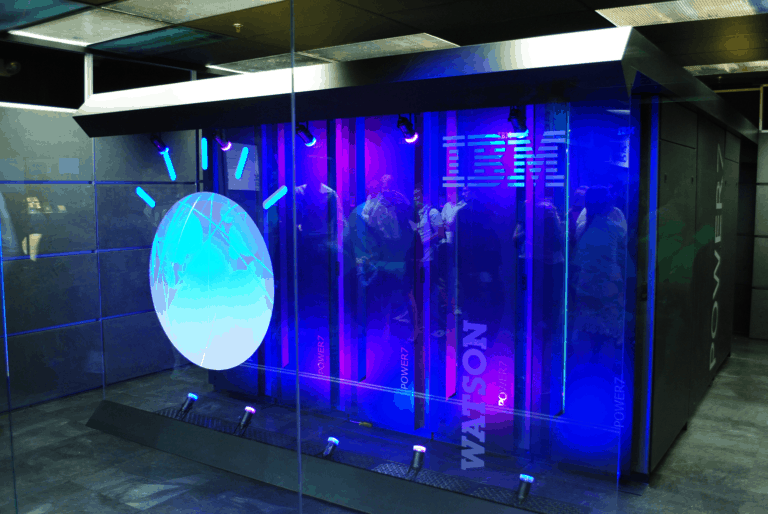IBM wants to deploy more artificial intelligence (AI) in its data science platform Watson Studio. With this, the company wants to automate the preparation of data, writes ZDNet. Watson Studio is a platform that helps companies to build, train and deploy AI models.
The tools for data preparation and data governance are in AutoAI. The intention is to make AutoAI the core of Watson Studio, to give more data scientists time to focus on models. AutoAI in this case is combined with Watson Machine Learning to automate important steps in the deployment of AI.
AutoAI can further develop models, and optimize the hyperparameter to build data science and AI models. It also includes a suite of model types for data science, including gradient boosted trees and processes to experiment with machine learning. It also contains IBM Neural Networks Synthesis, which is in open beta. This service enables data scientists to optimize speed or accuracy and to follow model training.
AutoAI is now available in Watson Studio in the IBM Cloud.
Updates
IBM added several new features to Watson Studio in May to better meet the hybrid and multi-cloud requirements of enterprises. It does this with the ability to use on premise data repositories and to deploy models to local data centers or in the cloud.
Also 43 new data connectors were added, including Dropbox, Salesforce, Tableau and Looker. With an Asset Browser experience, companies can navigate through Schemas, Tables and Objects, and new data preview and visualization tools allow companies to refine data. Finally, the integrations of Watson Studio were further extended with Hadoop Distributions, namely CDH and HDP. This allows companies to run analytics at the place where the data lives and use existing compute.
This news article was automatically translated from Dutch to give Techzine.eu a head start. All news articles after September 1, 2019 are written in native English and NOT translated. All our background stories are written in native English as well. For more information read our launch article.